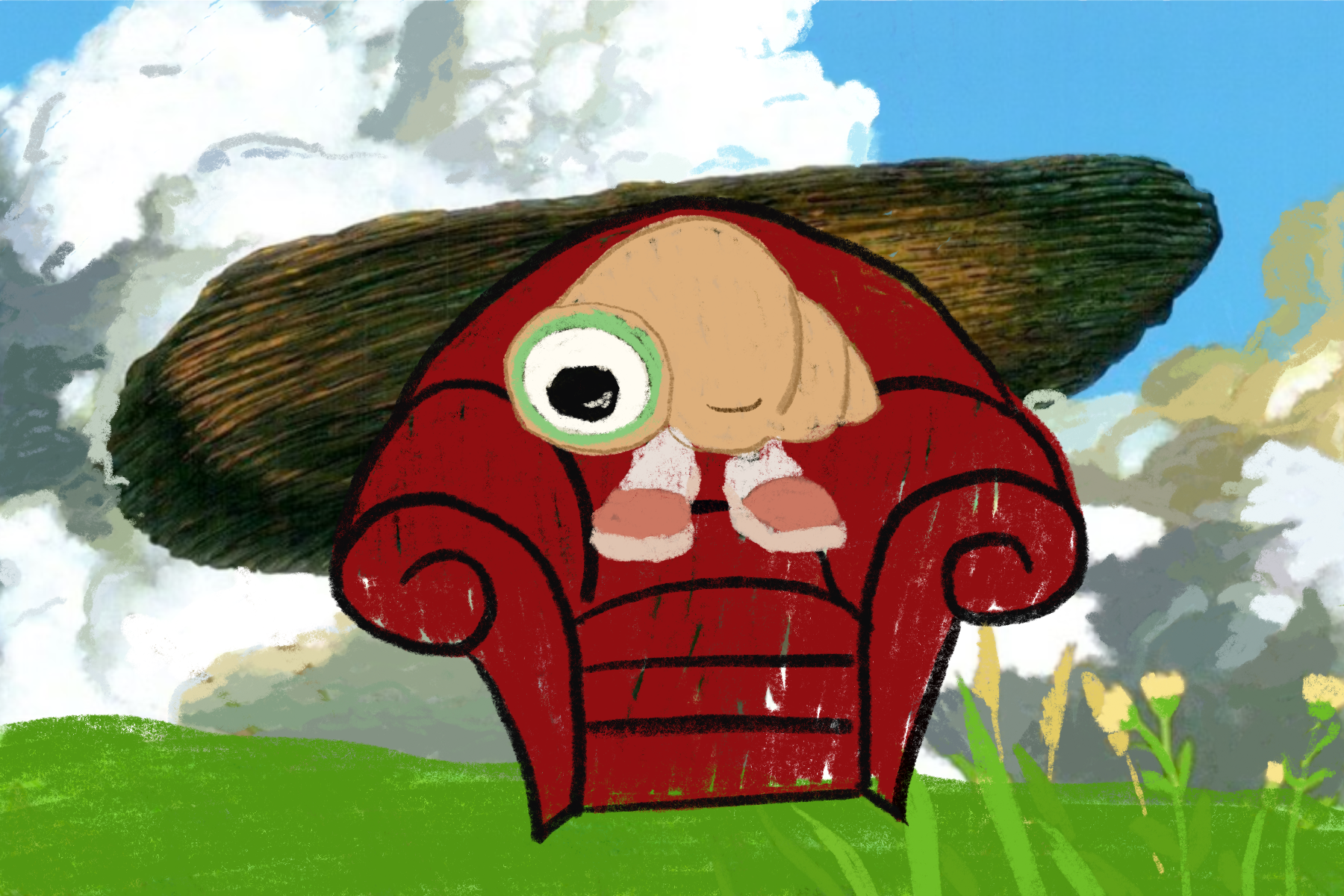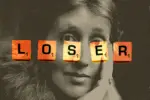Aren’t cartoons the same thing as animation? What is animation? And why is the distinction heartbreakingly important?
Animated films are merely for kids, right?
In fact, if you think back on the movies that (in some way or another) shaped your childhood, chances are that at least a few Walt Disney Animation movies, Looney Toons shorts or Pixar films are on the list.
These are all animated productions, and because of how they’ve targeted younger audiences, most people nowadays think of animated films as mere kids’ movies, or simply “cartoons.” But what if animation is more than that? What if it’s not just for kids? Moreover, what if animation was originally just another film medium?
Believe it or not, animation initially wasn’t seen by the general public as a mere “genre” of children’s film, or a film form at all particularly geared toward kids as it unfortunately is nowadays. The first animated short film, Émile Cohl’s 1908 Fantasmagorie, was actually an artwork comprising 700 individual illustrations with no clear narrative continuity; a graphic intermedial exploration of the possibilities that could arise when mixing illustration and film.
Although seemingly small in its origins, this curious conception — the idea of making drawings move by displaying them in a 24 frames per second sequence as done with film reels — opened the doors to an infinite number of possibilities. Not only would the medium expand in unprecedented ways, but this ‘small’ idea would come to inspire what became one of the most impactful storytelling and information-communication mediums in modern history; a direct gateway to the imagination of so many kids, teenagers and adults alike.
In general terms, animation is the umbrella term for the technique of ‘photographing’ any 2-D or 3-D creations, then showing them in a sequence to create the illusion of movement. This has manifested itself in a plethora of ways; from the classic hand-drawn Felix The Cat shorts or the more recent Laika Studios’ iconic 3-D stop-motion animation.Even the innovative ingenuity of groundbreaking digital 3-D animated films like the stop-motion-mimicking The Lego Movie and comics-mimicking, industry-redefining Spider-man: Into the Spider-verse.
One key characteristic contributes to — and perhaps is the primary reason for — the medium’s uniqueness: its only limitations are those set by the animators’ imagination. Whatever the mind thinks up can be visualized for audiences with a sequence of drawings, paintings, digital illustrations, computer-generated graphics/images, clay, LEGO and even simple flipbooks. No matter the genre — horror, comedy, drama, etc. — whether PG or R-rated, we’re able to venture with animation into where reality can’t follow.
So then why the hell aren’t animated films deemed worthy of higher cinematographic appraisal?
It all has to do with the home television era, the creation of “cartoons” and the public’s subsequent mentality shift surrounding animation; cheapening it into the present idea of it being mere “kids’ movies.” As televisions became increasingly affordable in the 1950s and ’60s, more and more lazy parents would mindlessly leave their kids in front of the TV for extended periods of time. This consequently shifted the animation industry’s production focus to target younger audiences and produce content geared more toward children & adolescents, less so toward adults.The result: cartoons – a stylized, illustration-based form of animation identifiable by its humorful silly stories of anthropomorphized animals and characters with exaggerated features. And the worst, most harmful thing about cartoons is that they were purposefully created to entertain children in a consciously mindless manner.
This almost killed the artistry and prestige behind the animation industry.
By prioritizing cartoons as their main content produced, the animation industry set back mature audiences’ discovery and appreciation for the incredible art of animation by years. This then resulted in the terms “animation” and “cartoons” becoming way too frequently (and incorrectly) conflated — to the extent that even the entries in the Merriam–Webster Dictionary fail to note the key distinctions between the two terms’ meanings. The Simpsons made the crucial leap into mature audiences’ screens, but cartoons have considerably impeded adult animation from becoming more commonly mainstream until severely recently. Animation is only just becoming more widely accepted as a significant film medium and not a mere kids’ movie genre.
In the past year and a half, monumental animated productions like Miyazaki’s The Boy And The Heron, Spider-man: Across the Spider-verse and Guillermo Del Toro’s Pinocchio have shown animation’s tremendous technological advances and all-engrossing media-narrative capabilities.
Miyazaki’s film uses imaginative visuals to the max, as most Studio Ghibli films do, visualizing dream-like sequences of imagery beyond anything real live-action could create.
Across The Spider-verse builds on 2018’s Into the Spider-verse’s revolutionary 3-D rendering, creating an audio-visual story that stretches the limits of intermediality and the idea of the modern superhero story.
And not-least of all, Guillermo Del Toro’s 3-D stop-motion film stunningly embodies the surreal physical labor of creating animation with the wonderfully compelling recreation of the classic childhood narrative.
These films are artworks in and of themselves. Richard Wagner theorized on the idea of a full, all-encompassing work of art that surpassed all physical limits presented by any individual medium of art. Well, here it is in full glory.
Brad Bird, a leading writer in the animation industry said it best:
“People think of animation only doing things where people are dancing around and doing a lot of histrionics, but animation is not a genre. And people keep saying, ‘The animation genre.’ It’s not a genre! A Western is a genre! Animation is an art form, and it can do any genre. You know, it can do a detective film, a cowboy film, a horror film, an R-rated film or a kids’ fairy tale. But it doesn’t do one thing”.
So to all film enthusiasts and casual movie-goers alike: give animation a mental re-evaluation. It has so much to offer.

















